Iguazu Falls is one of the main and most remarkable attractions in South America. This mesmerizing place is a unique combination of natural beauty and pure magic. Just imagine: 20 giant waterfalls and more than 250 smaller waterfalls rush their waters from a height of 80 meters! Almost 80 percent of the falls are on the Argentine side and about 20 percent on the Brazilian side. This natural wonder stretches for almost 2.7 kilometers, which is three times the width of Niagara! Waterfalls and national parks on both sides of the border were recognized as UNESCO World Heritage Sites in 1984 (Argentina) and 1986 (Brazil). Today, almost 2,000 protected species of flora and fauna live here.
Iguazu National Park actually consists of two national parks – Foz do Iguaçu on the Brazilian side and Puerto Iguazu on the territory of Argentina. The park itself occupies a huge territory, but its main and almost the only attraction is the unique waterfall.
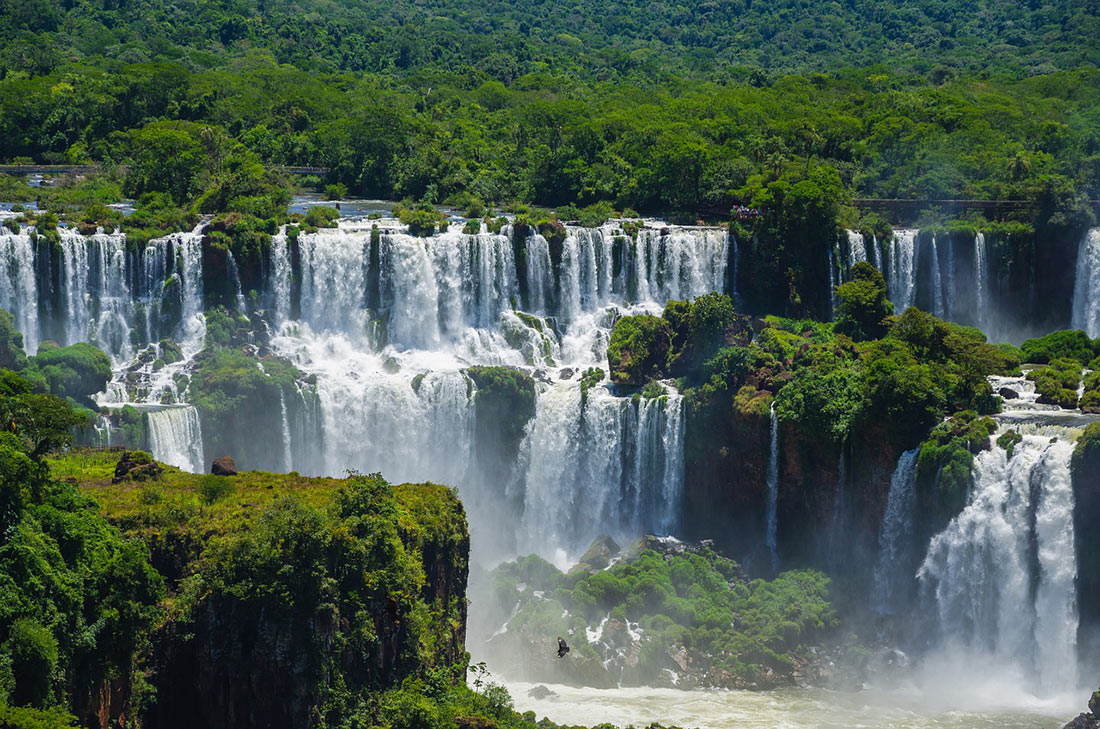
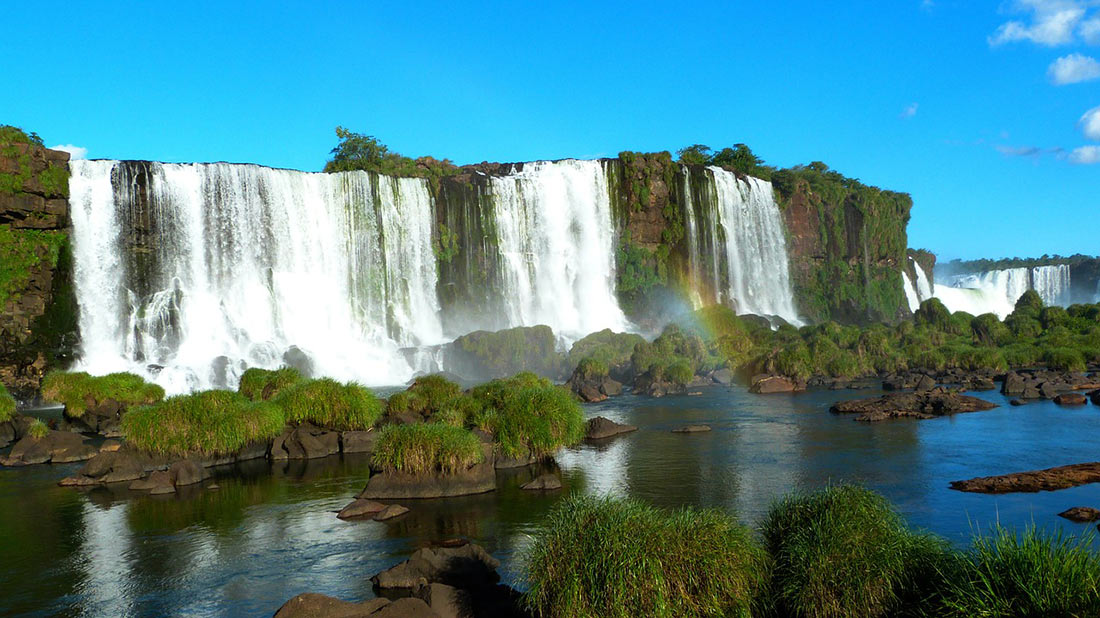
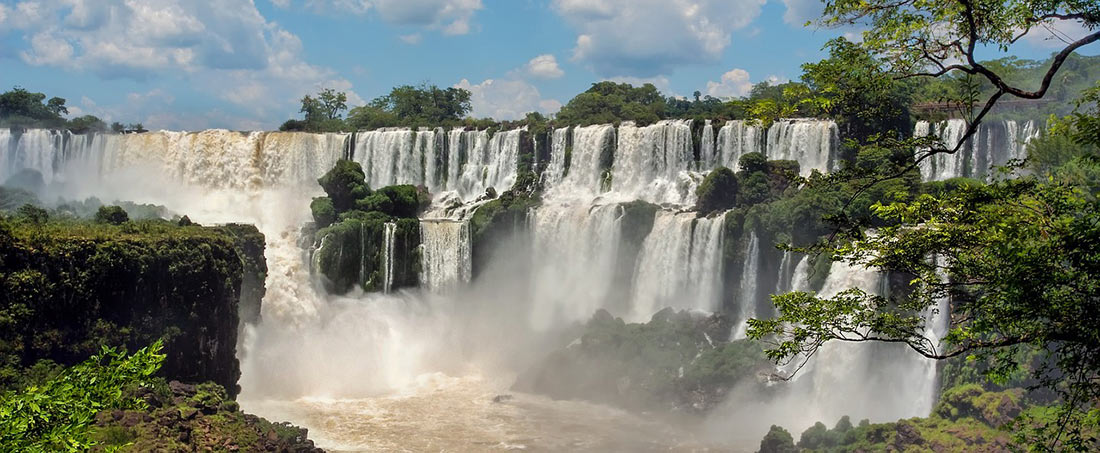
During the rainy season, which lasts from November to March, the water level in the falls increases. At the same time, Iguazu Falls drop to 13 thousand cubic meters per second! An average person in middle latitudes can use this amount of water for more than 150 years!
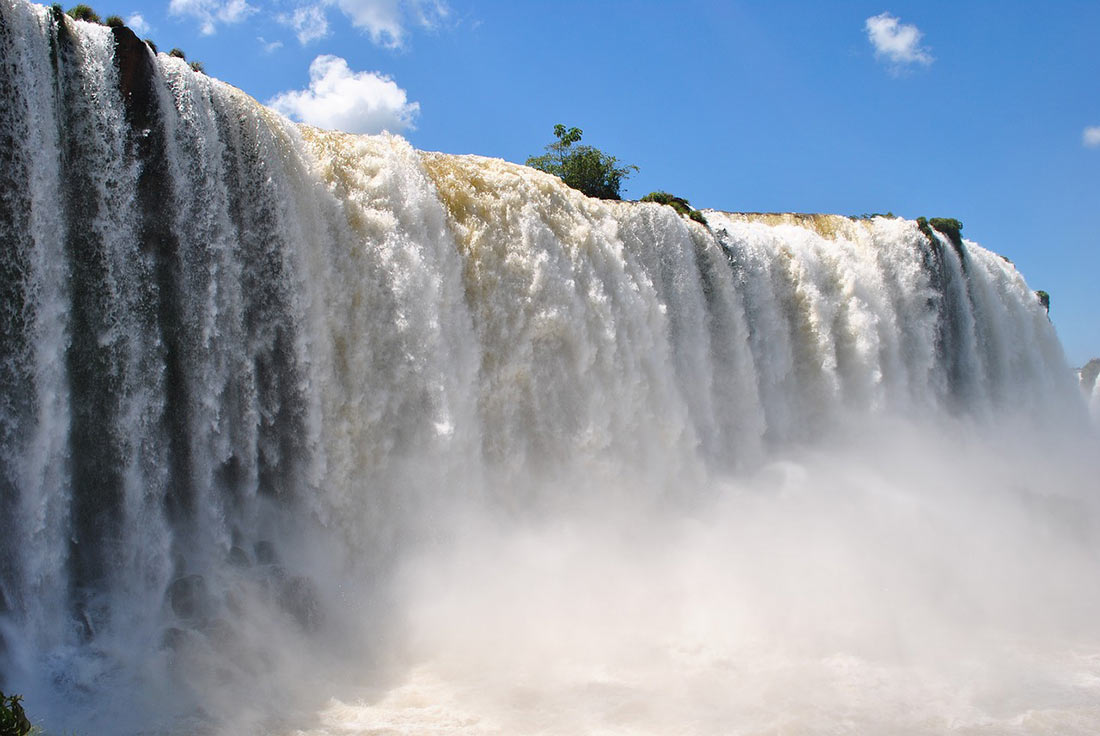

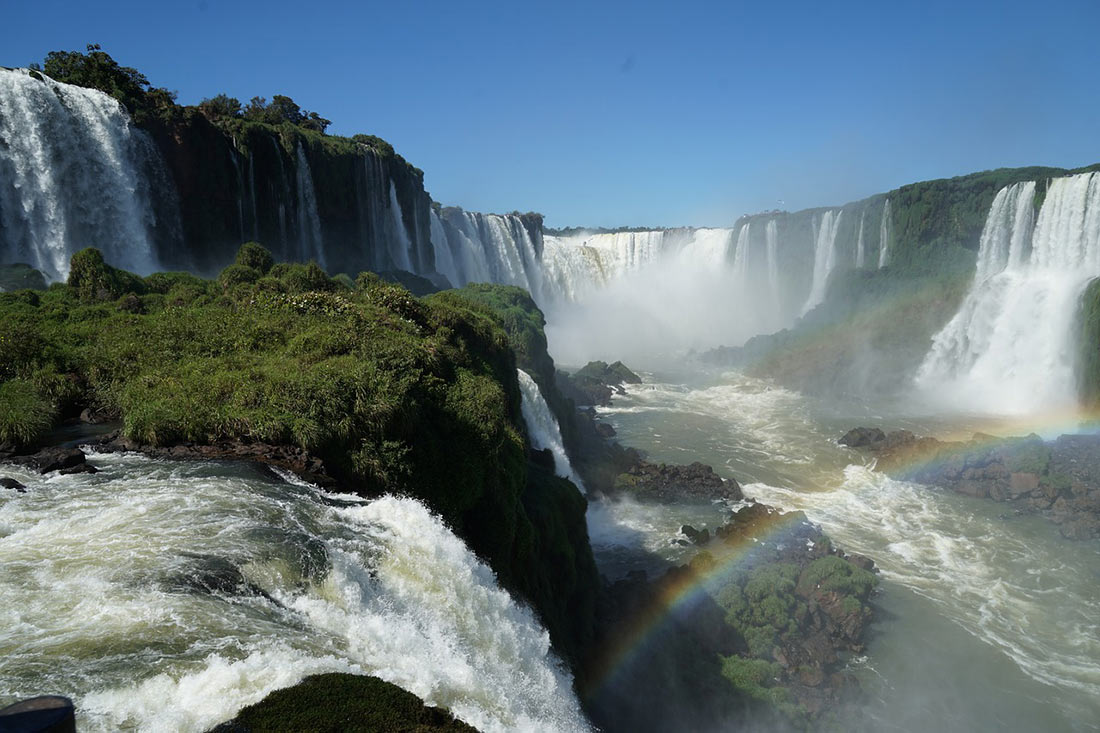
Among the most famous waterfalls of the complex are Adam and Eva, Three Musketeers, Two Sisters, Salto Escondido (hidden jump), Salto Floriano (flower jump), San Martin and Ramirez.
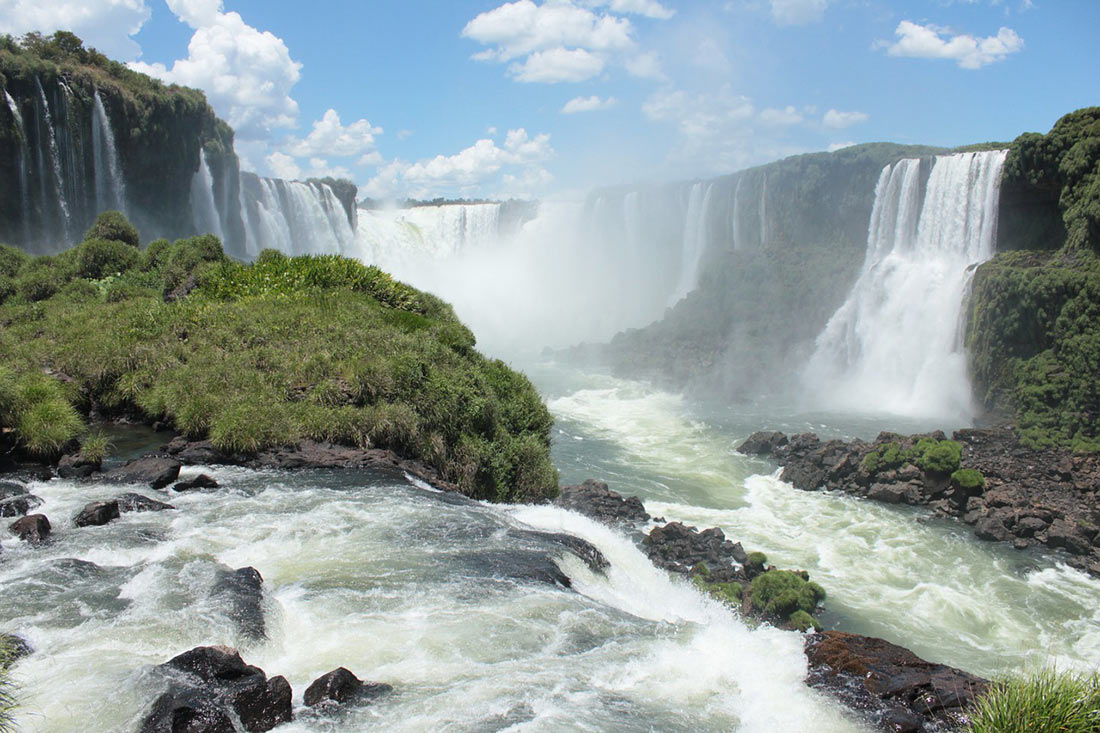
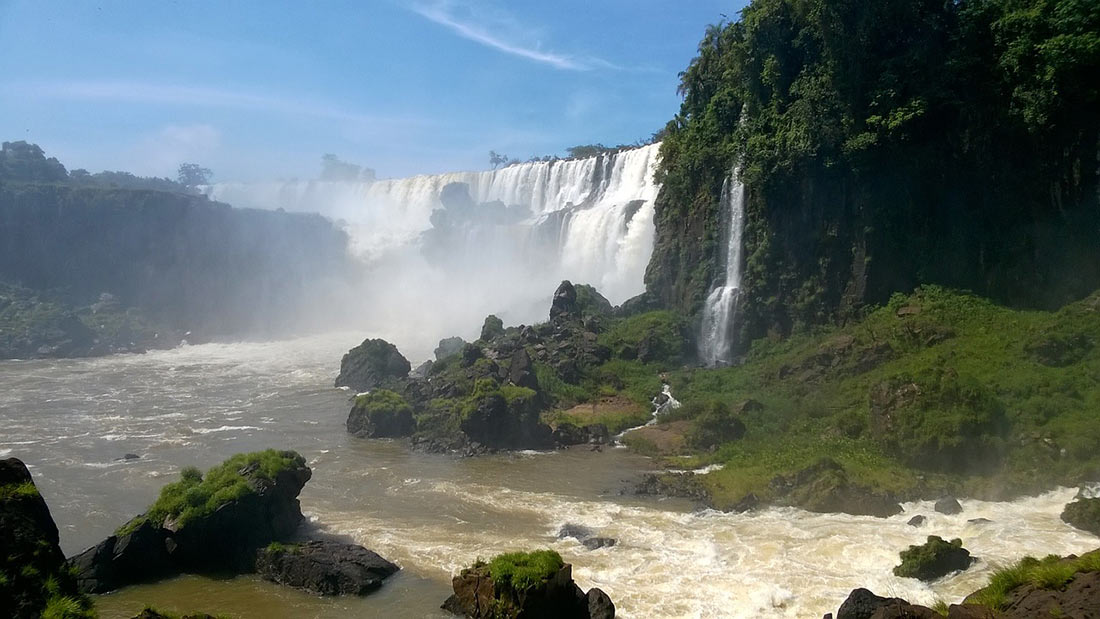
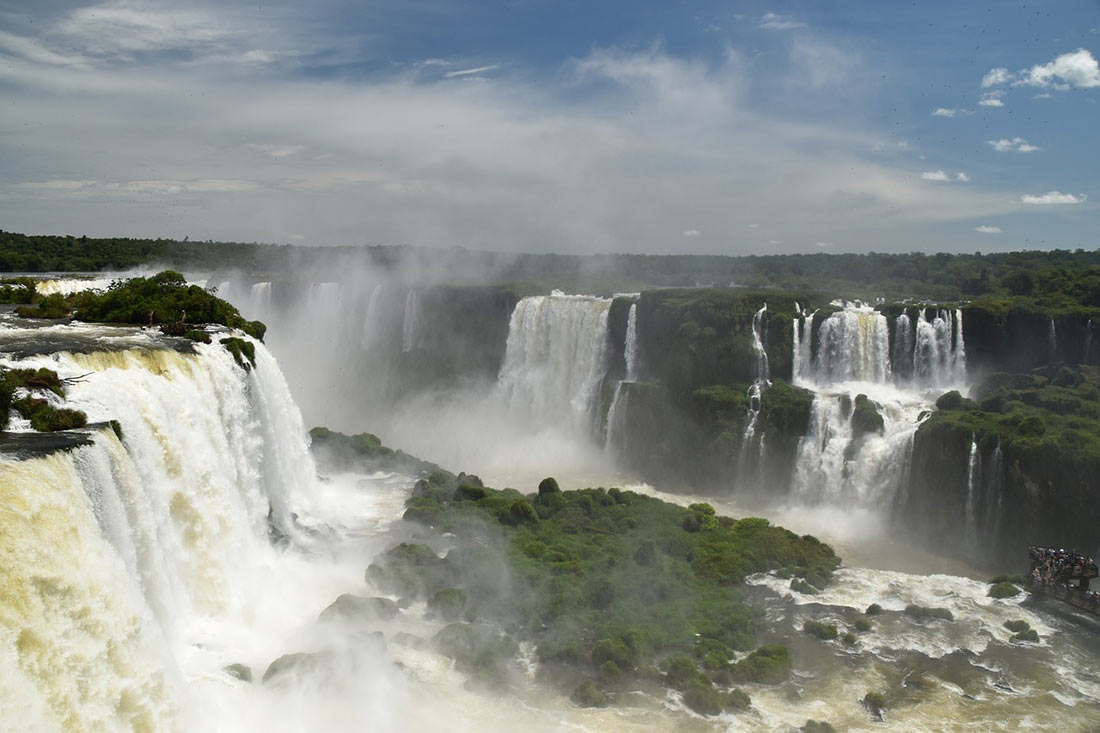
There are many trails and walking paths through the Iguazu Falls that are very easy to navigate. On the Brazilian side, there is a long path that runs along the river with stunning views. And from the observation deck, you can look directly into the huge Devil’s Throat – the largest waterfall, which marks the border between Brazil and Argentina. From the Argentine side, the trails are located in such a way as to maximize the spectacular view of this majestic miracle.
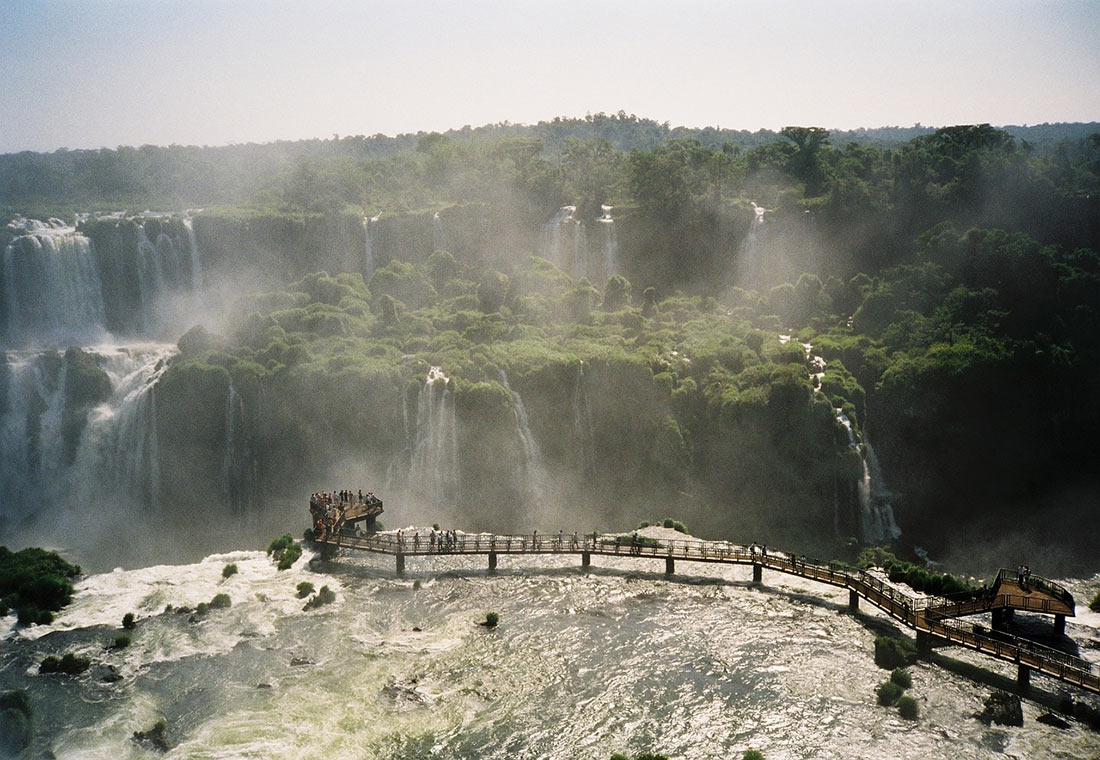
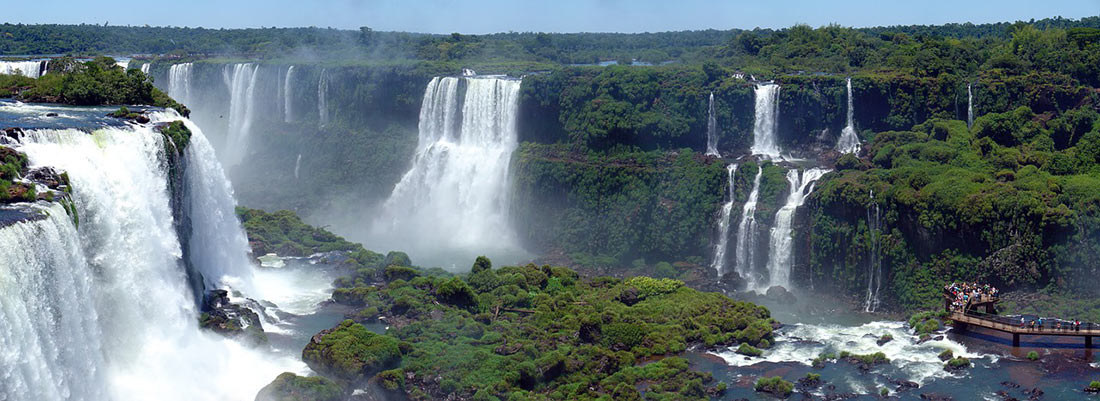

Iguazu Falls legend
There is a legend explaining the appearance of the Iguazu Falls. It says that God wanted to marry an aboriginal woman named Naipa against her wishes, but the girl, along with her lover, escaped in a canoe. Realizing this, God became angry and divided the Iguazu River, creating huge waterfalls, and since then, the lovers are doomed to eternal fall.
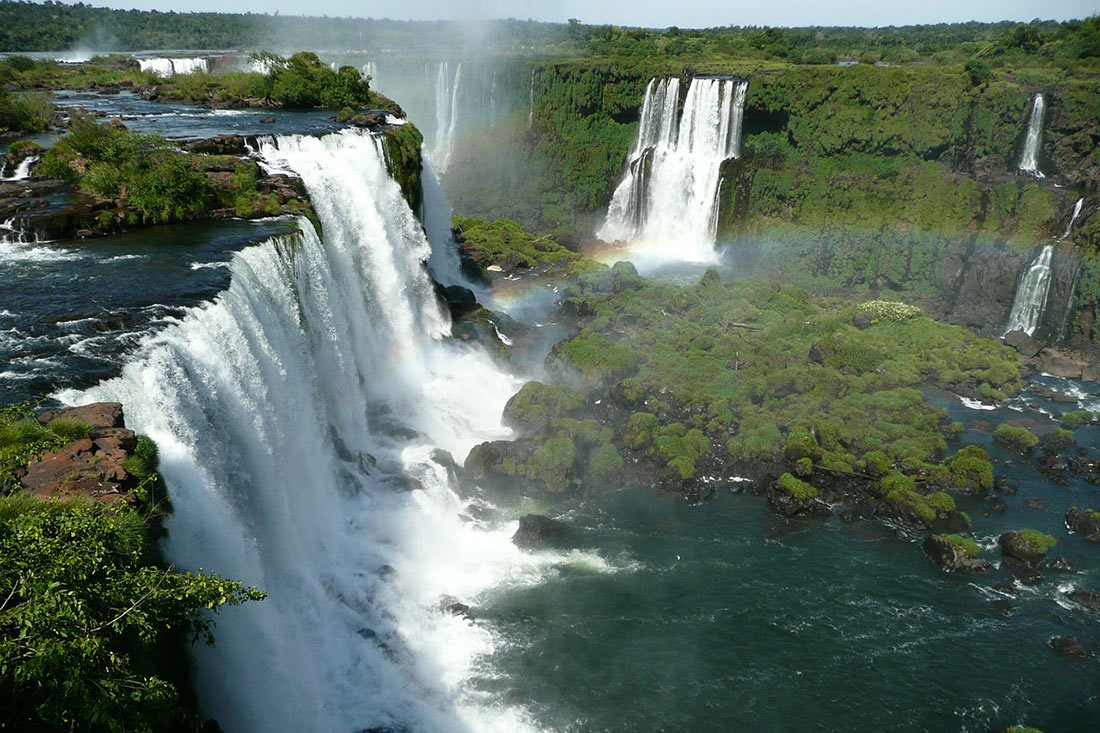

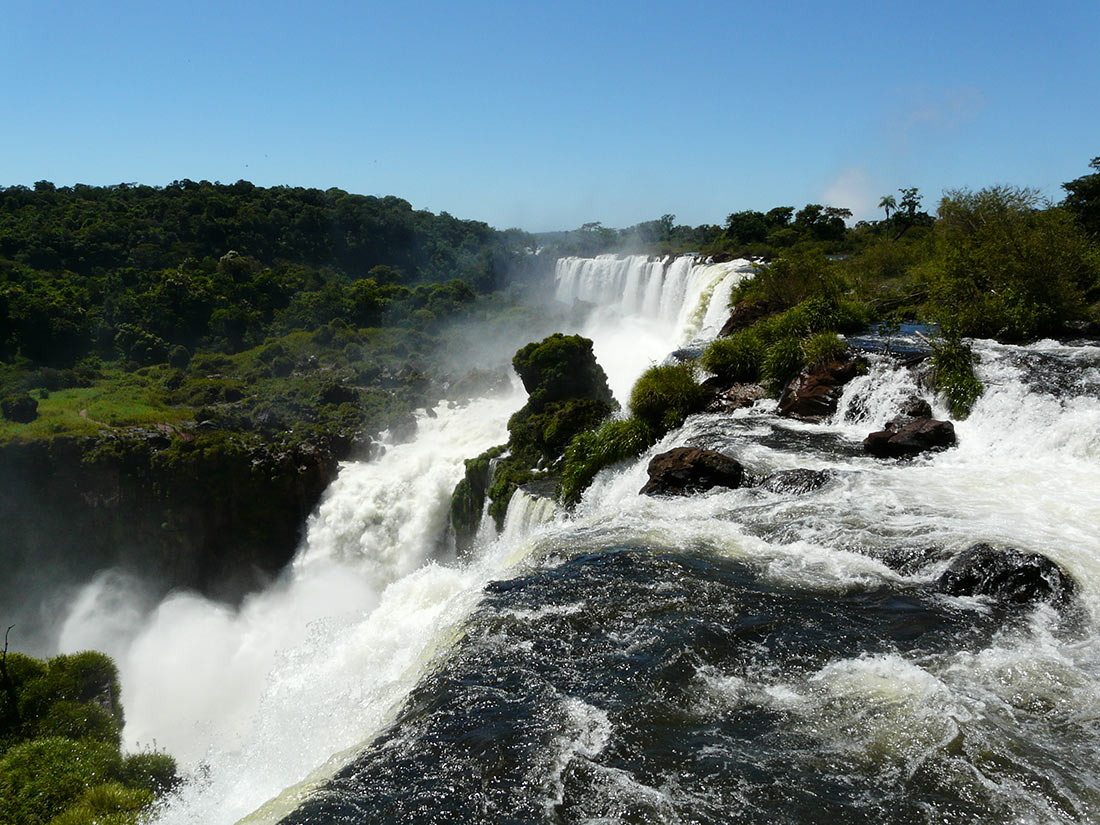
From November to February, the area around Iguazu Falls can get very hot and humid. Local people visit the falls at this time, because in South America it is the height of the holiday season. Since March, the days are getting cooler and fewer travelers are visiting the national parks. Also note that during the rainy season, some paths may be blocked if the water level is high. Anyway, this is one of those places that are definitely worth a visit, no matter what time of year it is outside!






























